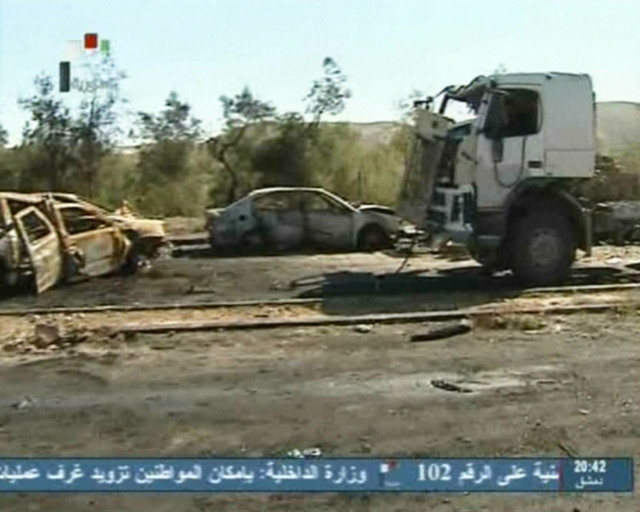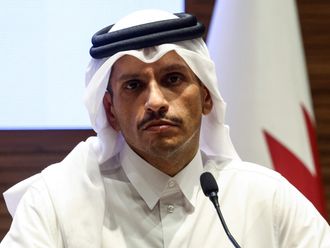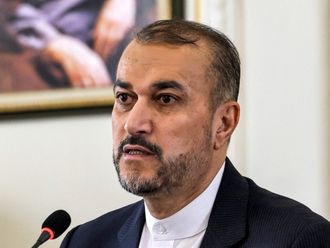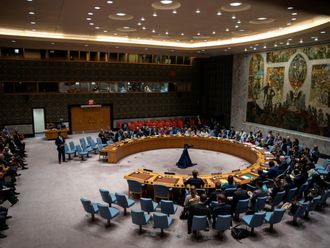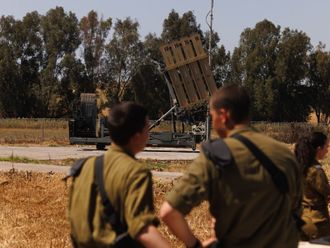
Damascus: Syrian television has broadcast images of what it said is the aftermath of an Israeli airstrike on a research facility near Damascus earlier this week, showing destroyed vehicles and moderate damage to a building.
Israel has not publicly acknowledged Wednesday’s airstrike that US officials said had hit a convoy of anti-aircraft weapons inside Syria bound for the militant Lebanese Hezbollah group. The Syrian military said the target of Israeli jets was a scientific research centre in the area of Jamraya, northwest of Damascus.
The strike raised tensions between Israel and Syria, which is engulfed by a raging civil war.
The first purported images of the targeted site, aired by Al Ikhbariya TV on Saturday, show the twisted and battered remnants of cars, trucks and military vehicles. A building has broken widows and damaged interiors, but no major structural damage. The caption says, “Consequences of the Israeli aggression on the Jamraya centre.”
State TV also ran footage of the damage.
Syria’s regime vowed revenge for the airstrike, while the rebels battling President Bashar Al Assad criticised him for not responding to what they termed Israeli aggression.
According to a US official, the strike targeted trucks containing SA-17 anti-aircraft missiles. The trucks were next to the research centre the Syrians identified, and the strikes hit both the trucks and the facility.
Advanced anti-aircraft missiles like the SA-17 in the hands of Hezbollah could change the strategic equation, which so far has allowed Israel to send warplanes over Lebanon practically unopposed.
The Syrian military denied that the target of the attack was a weapons convoy. It said low-flying Israeli jets crossed into the country over the Israeli-occupied Golan Heights to target the Jamraya centre.
Until Wednesday, Israel has been reluctant to do anything that would seem an intervention into Syrian civil war. The airstrike adds another layer to the complexity of the Syrian conflict that has left the international community at a loss for ways to end bloodshed.
The uprising against Al Assad began in March 2011 with largely peaceful pro-reform protests and developed into a civil war which the United Nations says has killed more than 60,000 people. The Syrian government maintains that there is no uprising in Syria but a conspiracy against the country because of its support for anti-Israeli groups.
Israel has not publicly acknowledged the airstrike, however its defence minister Ehud Barak brought the issue up and stopped short of confirming it at a security conference in Munich. He said “what happened in Syria several days ago... that’s proof that when we said something we mean it - we say that we don’t think it should be allowed to bring advanced weapons systems into Lebanon.”
He added that “Hezbollah from Lebanon and the Iranians are the only allies that Assad has left.”
He said in his view Al Assad’s fall “is coming imminently” and when it happens, “this will be a major blow to the Iranians and Hezbollah.”
“I think that they will pay the price,” he said.


